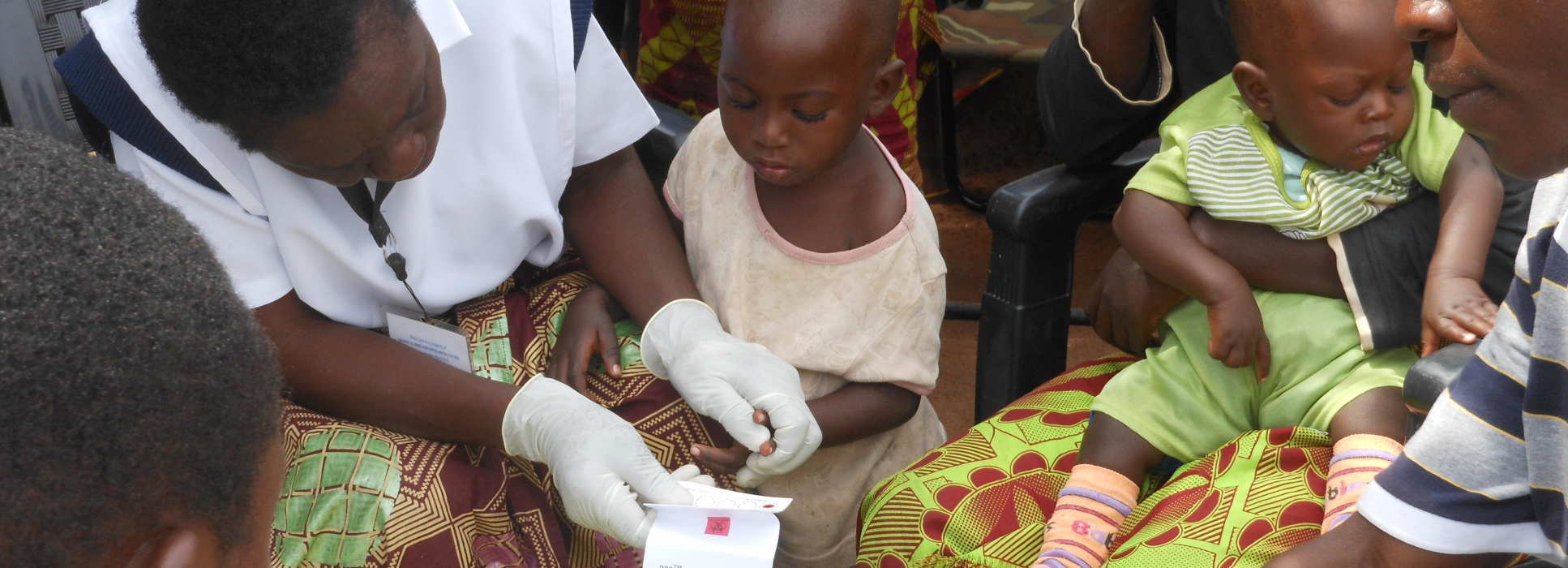What is malaria?

Malaria is a life-threatening disease caused by Plasmodium parasites. The parasites are spread to people through the bites of infected Anopheles mosquitoes, called "malaria vectors", which, in many endemic settings, bite mainly between dusk and dawn.
There are five known parasite species that can cause malaria in humans:
- Plasmodium falciparum; Plasmodium vivax; Plasmodium malariae, Plasmodium ovale and Plasmodium knowlesi
Plasmodium falciparum and Plasmodium vivax are the most common. Plasmodium falciparum is the most deadly. In recent years, some human cases of malaria have occurred with Plasmodium knowlesi – a species that causes malaria among monkeys and occurs in certain forested areas of South-East Asia.
The majority of malaria burden occurs in a relatively small number of countries and around 95% of malaria cases and deaths occur in Africa (World Malaria Report 2021). Considerable progress has been made in reducing morbidity and mortality from malaria through the provision of prevention tools such as long-lasting insecticide-treated nets, and through improving access to treatment. Malaria case incidence is estimated to have fallen by 37% between 2000 and 2015, and mortality rates by 60% over the same period. Twenty-one countries are reported to have eliminated malaria in the past two decades; the most recent, China, was declared malaria-free in June 2021. Despite these encouraging trends, the burden of malaria remains high with a child dying from the disease every 2 minutes. In 2020, there were an estimated 241 million (range 218 – 269 million) cases of malaria worldwide resulting in 627,000 (range 583,000 – 765,000) deaths. Young children are particularly susceptible to the life-threatening forms of this parasitic disease.
For more information on malaria, visit the WHO malaria media centre.


